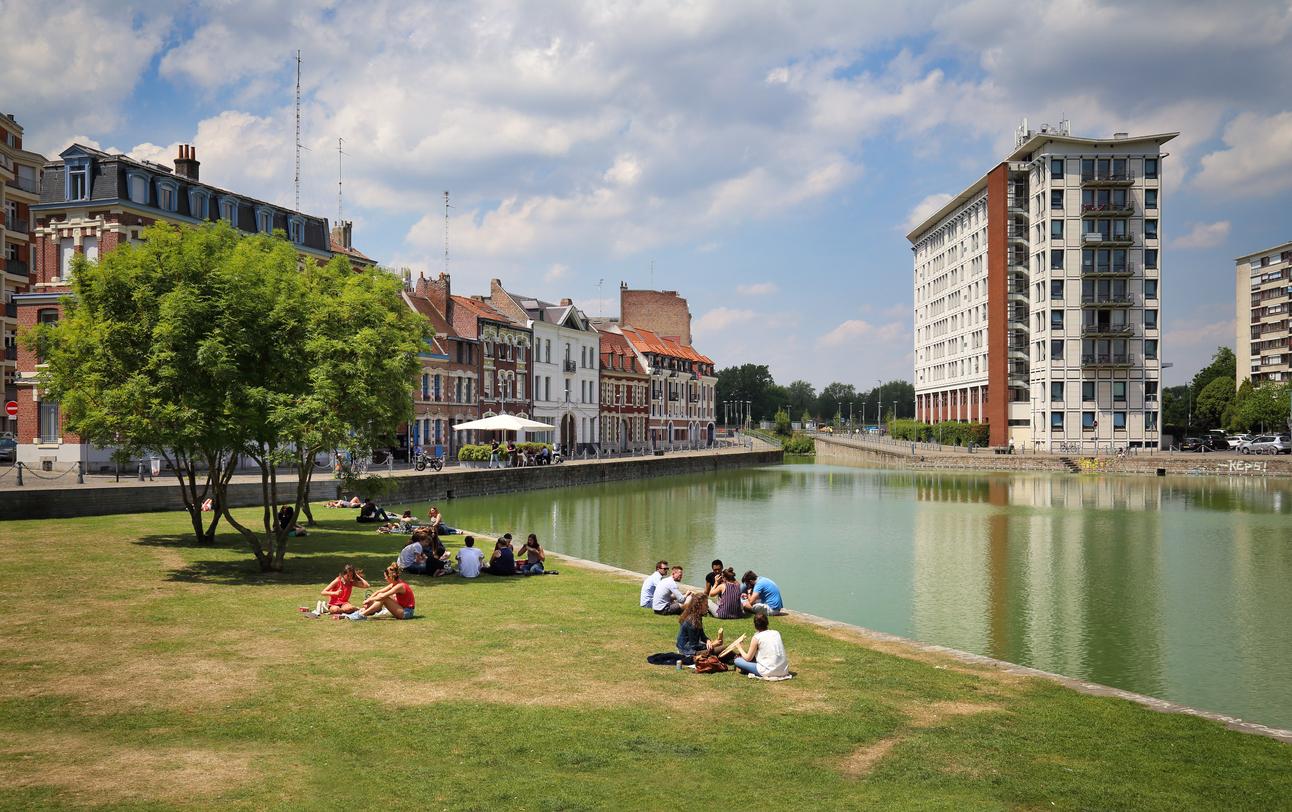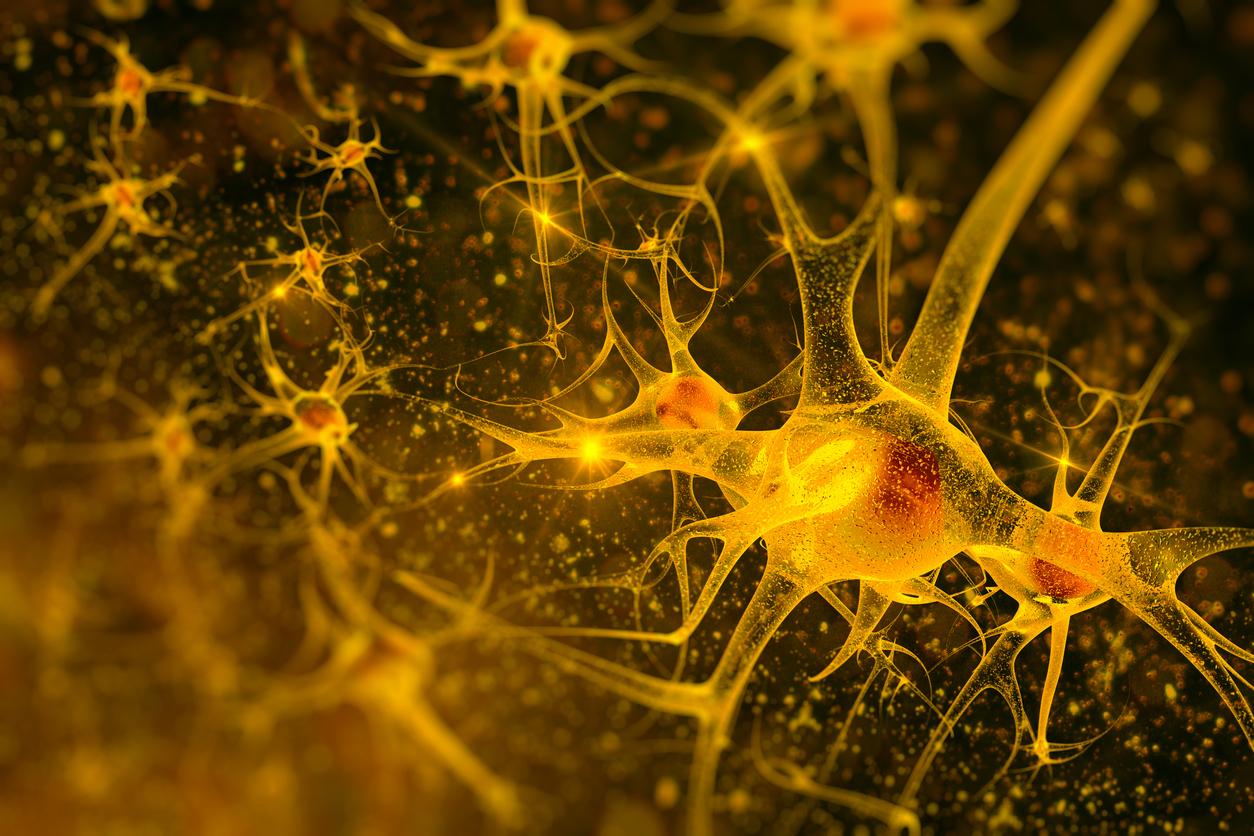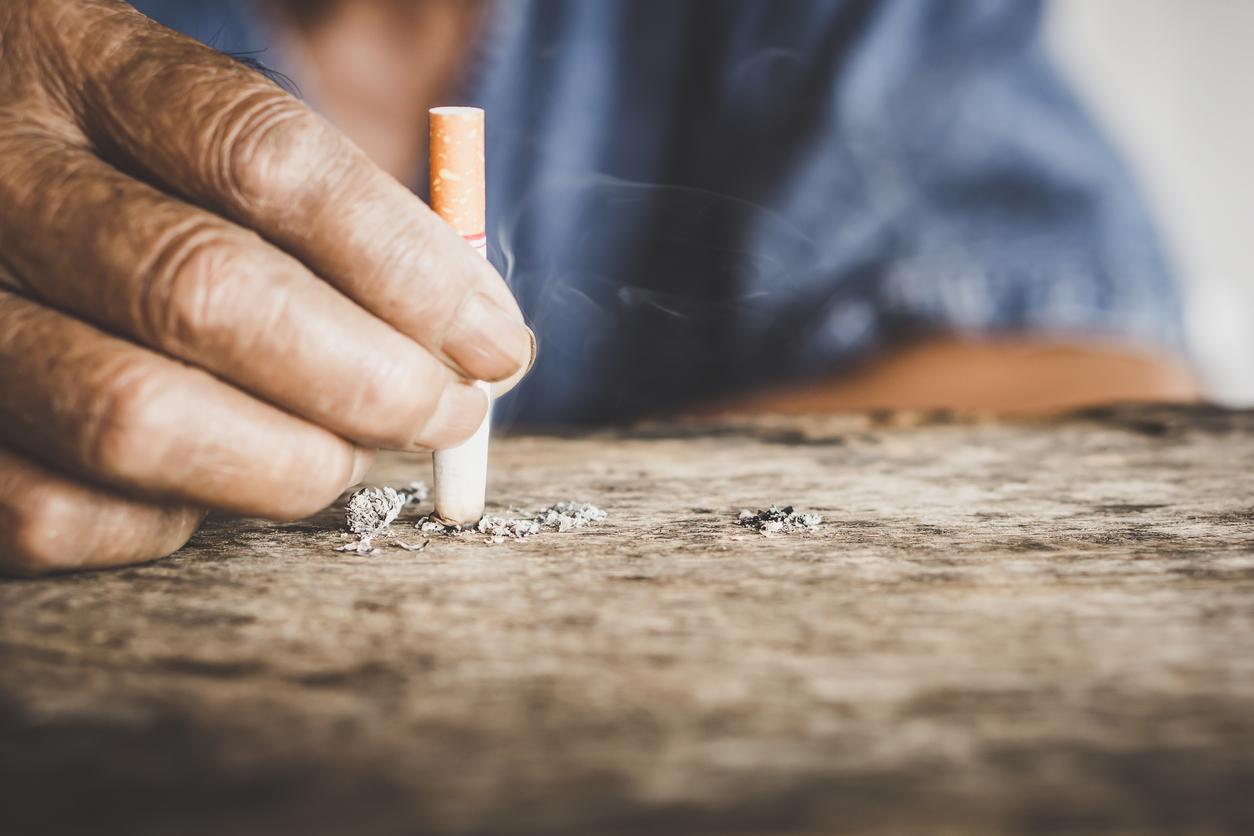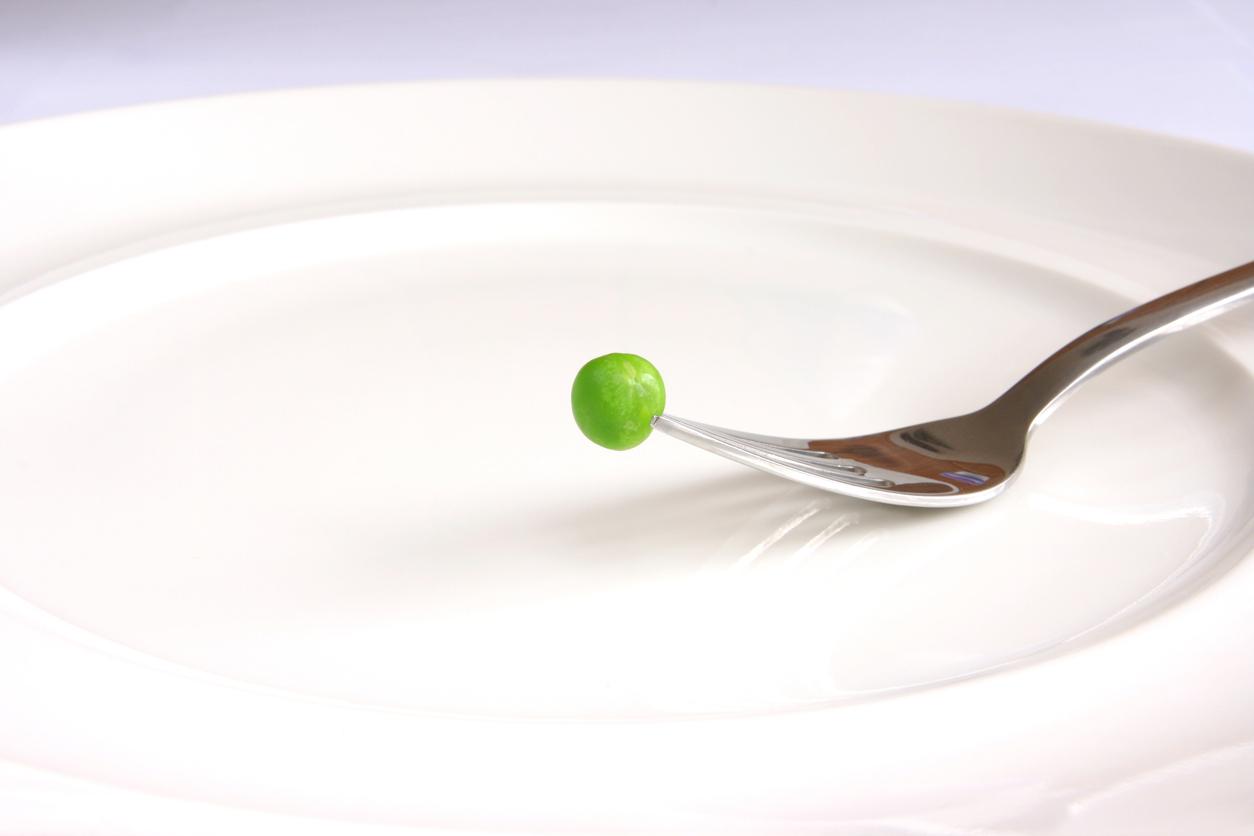Plastic, bamboo or electric toothbrush… Researchers have looked into the durability of this oral health product to determine which model is the most respectful for the planet.

- The electric toothbrush is the model with the greatest impact on the environment and healthy life expectancy.
- Contrary to popular belief, the bamboo toothbrush is less durable than the one with a rechargeable head.
Is your big-box plastic toothbrush really bad for the environment? And is the bamboo one bought in an organic store necessarily a more “eco-friendly” alternative?
While this oral health product is one of the most widely used in the world, no quantitative studies have so far looked at its impact on the planet. It is now done. In an article published in the British Dental Journalresearchers at the Eastman Dental Institute of University College London (England) analyzed the life cycle of different models of toothbrushes to measure their environmental consequences.
The electric toothbrush, an ecological heresy
Four different models were scrutinized to measure their environmental impact (carbon footprint) and their impact on human health (disability-adjusted life expectancy, summarized in English by the acronym DALY, which measures the number of years healthy life): the electric toothbrush, the standard plastic brush, the plastic brush with replaceable head and the bamboo brush.
Unsurprisingly, the electric toothbrush is the model most harmful to human health, amputating 10 hours of life expectancy in good health. In question: its very heavy manufacturing and production processes, up to five times higher than those of a conventional toothbrush.
What is amazing, however, is that the most environmentally sustainable toothbrush was not the one made from bamboo, but a toothbrush made from permanently recycled plastic.
“There are billions of toothbrushes used and thrown away every year. Our research shows that electric toothbrushes are actually harmful to the planet and to the people involved in the manufacturing and distribution process.explains Dr. Brett Duane, associate professor of dental public health at Trinity College and principal investigator. There’s not much evidence that they’re more effective, unless you’re struggling to clean your teeth with a regular toothbrush. We have also shown that bamboo toothbrushes are not the solution. Their use only hinders better use of the land, for example by promoting biodiversity or by cultivating forests to offset carbon emissions.
Recycling your toothbrush, a necessity for the environment
However, for interchangeable head toothbrushes to be truly sustainable, it requires the plastic to be recycled in an ongoing process. “Plastic brushes that can be recycled don’t take up a lot of land and don’t need a lot of water to grow. The important thing is to keep the plastic in the recycling chain”says the researcher.
Hence the need to set up toothbrush harvesting systems like those for batteries to allow used plastic to be recycled into new products. And “Plastic escapes the recycling chain, it must be able to be easily and naturally broken down into harmless products”adds Dr. Duane.
“Manufacturers, consumers, healthcare professionals and health policy makers must consider environmental sustainability, money and people’s health when recommending products. Governments and the industry should consider how they could support recycling programs. Funds also need to be increased to support sustainability research in this area.”he concludes.
















